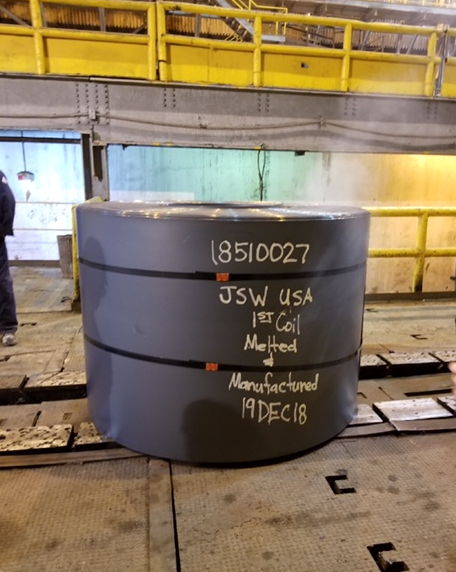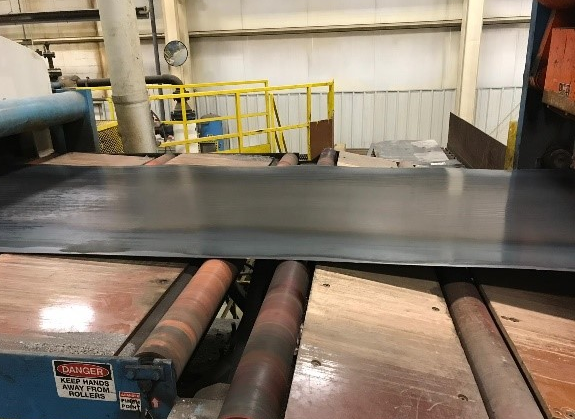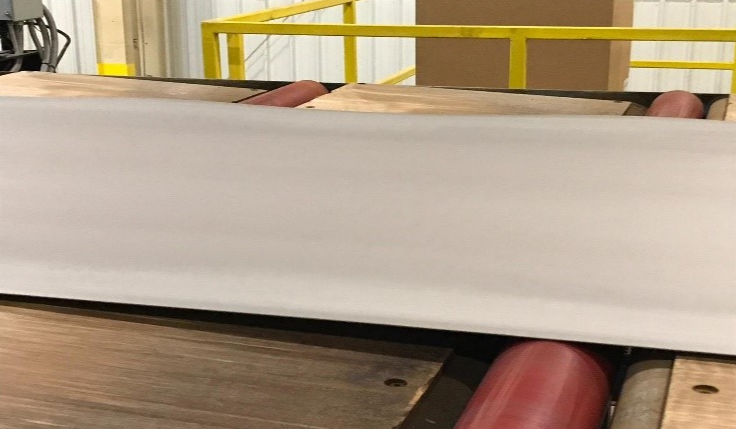Product

January 20, 2019
JSW Ohio EAF Slowly Ramping Up
Written by John Packard
The electric arc furnace and caster at JSW Ohio are slowly producing more slabs after the re-start of the furnace back on Dec. 14, 2018. The furnace is running just about every day at this point, according to SMU sources. However, it is being limited to just a few heats. The mill’s goal is to move up to 10 heats a day in the coming days with the expectation that the mill would be producing 24,000 tons a month sometime during the first two months of operation. Looking further out into the future, the goal is for the mill to be producing 100,000 tons of hot rolled steel per month (1.2 million tons per year).
As with any piece of equipment that has been left idle for 10 years or longer, it is expected there would be issues cropping up that need to be addressed when identified. Water lines needed to be flushed early in the process of bringing the EAF and caster online as scaling had built up due to the inactivity of the equipment. A JSW customer who recently visited the mill told SMU the equipment was down the day they were there as the company was working to resolve some electrical issues.
JSW Ohio is beginning the process of working through the various qualities of steel the mill should be capable of producing. It is also starting to look at the pipe and tube companies as potential customers to complement the service centers that have been the early targets for the steel coming off the mill. (ARTICLE CONTINUES BELOW)
{loadposition reserved_message}
SMU sources advised that JSW Ohio does not have any new foreign slabs on order. Right now the mill is purchasing HBI and scrap to charge their EAF. This makes them the newest “melt and rolled” domestic steel mill in the United States.
The JSW Ohio plant has had a storied history. The mill was part of Wheeling-Pittsburgh, which filed for bankruptcy protection in 1985 and then again in the year 2000. The mill was subsequently owned by Esmark, Severstal, and RG Steel, although the plant was not run until a group of investors bought the mill in July 2016 and renamed it Acero Junction. As Acero Junction, the hot strip mill was run using foreign-bought slabs. The mill struggled, and JSW announced it was buying the mill in January 2018. Since then, the company has been working to improve the quality off the hot strip mill, as well as bringing back online the EAF and caster.
The three photos below are of the first coil rolled from the first heat produced by the EAF at Mingo Junction. The first photo is of the first coil produced from their own melt on Dec. 19, 2018. The second is of that same coil prior to being pickled. The third is the coil after being pickled.










